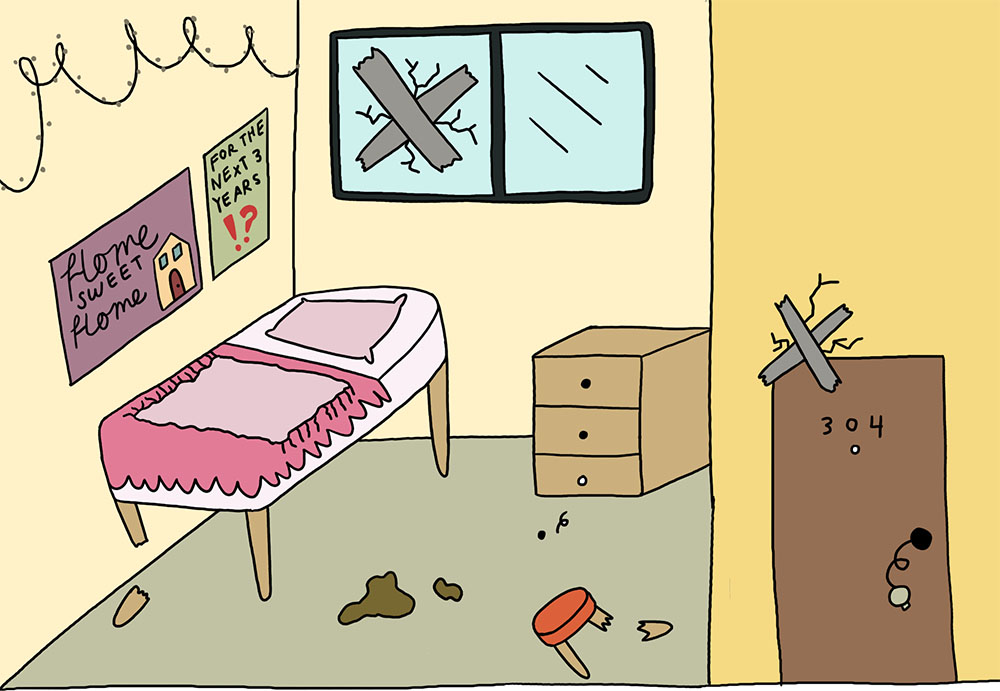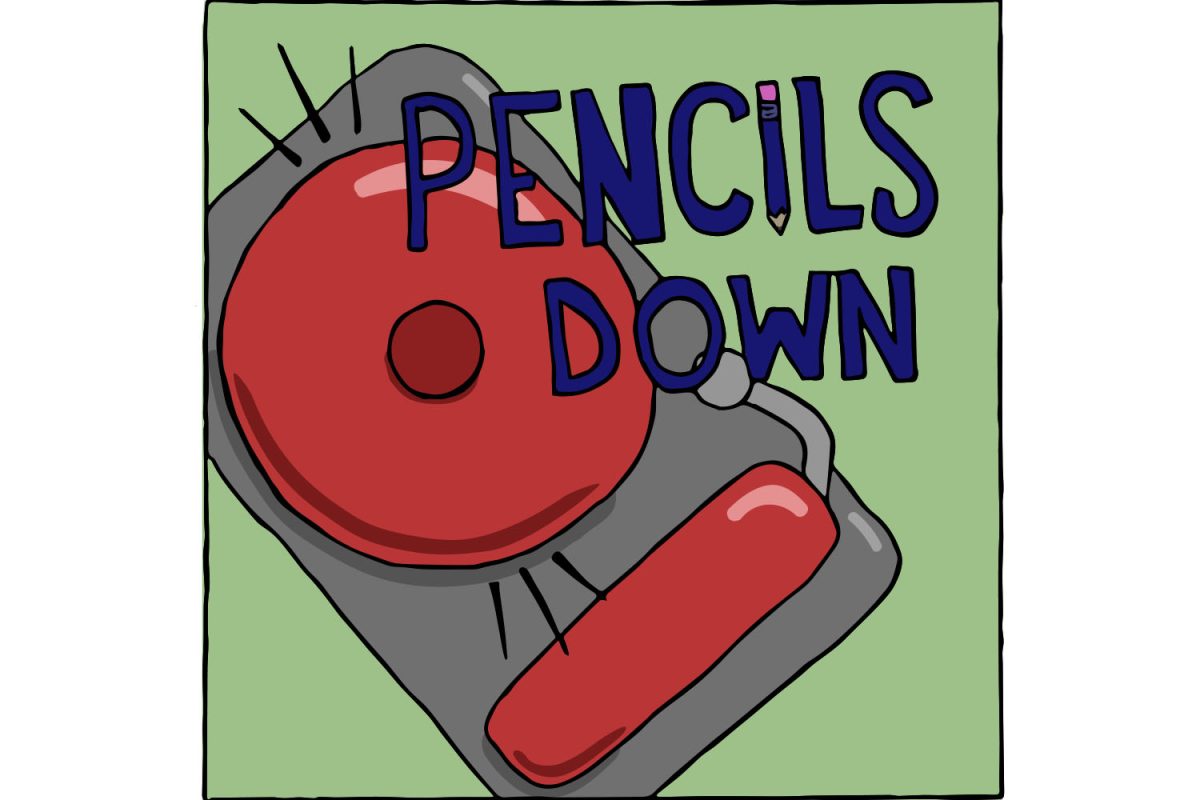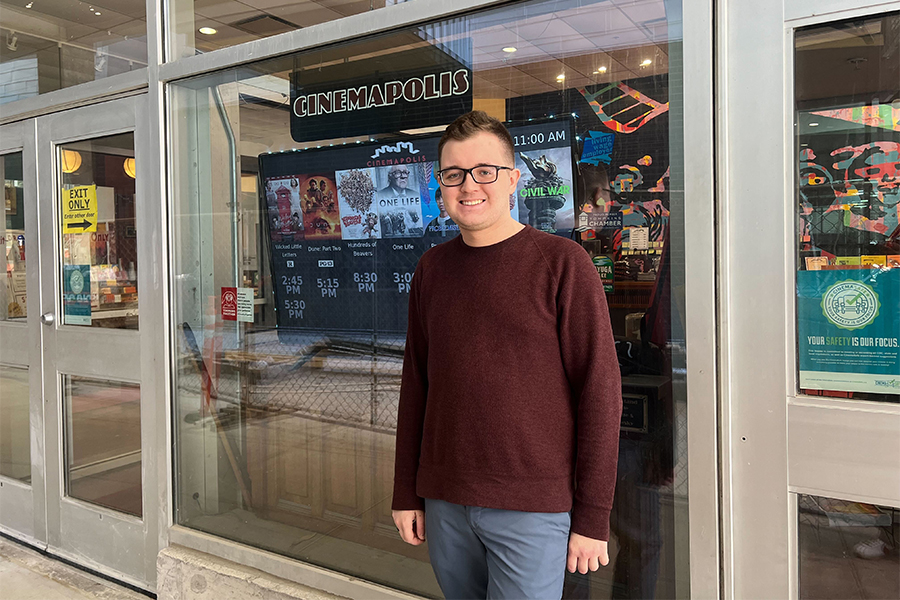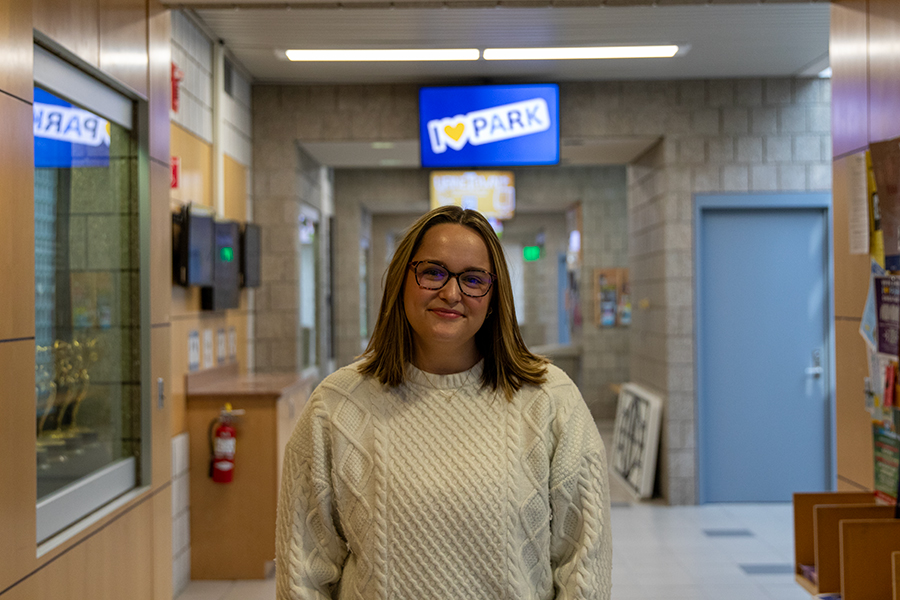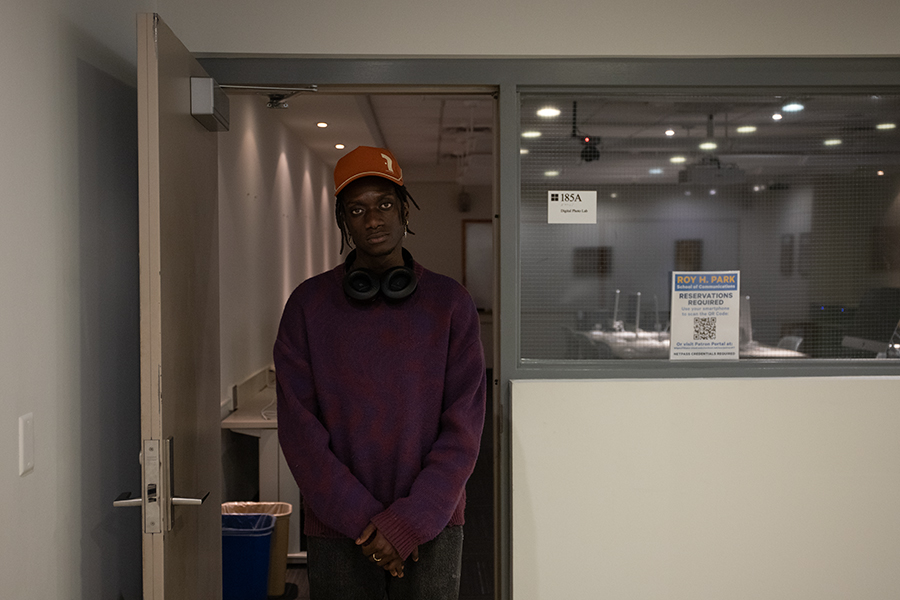I learned I was different from my friends in gym class in 7th grade. My classmates joked that I was brown and called me a “nigger” and a “beaner.” It was the first time race ever became a factor in my life, and from then on I’ve been hyper-aware of my skin color.
Simply put, I’m a mix between my Caucasian mother and black father. It becomes complicated when ethnicity is involv
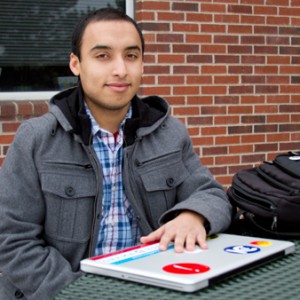
Shawn Steiner/The Ithacan
ed. My father was born in Panama and moved to the U.S. in his teens, and my mother was born in the U.S. and is a mix of several European nationalities. That’s a great deal to consider for the curious person who asks about my heritage — I’m not easily categorized.
Recently, I was told something I’d never heard before: that I am white. That identification, more than any racial slur, threw me for a loop. It made me think about the impact that living in the predominantly white communities of Upstate New York has had on my life as a person of color and how it has molded who I am.
Throughout my life, I’ve had very few close African-American or Hispanic friends. Most of my friends have been white. We’ve shared the same lifestyle and space. However, that space has been defined differently for me. At home I still receive unfriendly stares from older generations. They imply that I’m an unwelcome intruder in their community. At the same time, I receive looks from blacks and Hispanics that seem to say, “What are you — you’re not one of us.” I live in some ambiguous space where I’m not black, white or Hispanic. I’m an obscure race that doesn’t fit into any constructed stereotype. It’s for this reason that I never participated in ALANA activities on campus — I don’t feel I belong there. Recently, I’ve come to the conclusion that I don’t want to be framed by race. I want to be defined by who I am and what I believe, and I don’t feel I’m alone.
Unconsciously we hold onto assumptions about ourselves. What it is to be black or Hispanic. Much of it is reinforced through our own self-censorship as well as the media. We’re continually self-aware of the way we socialize: how we speak, dress and act. Assumptions of what it means to be black or Hispanic are limiting. If we classify people based on assumptions of race, we are confining them to a certain set of conditions that they must meet and never stray from. This limits our freedom to truly express ourselves.
Similarly, every February, these limits are placed in our celebration of black history with Black History Month. We simplify and confine the lives of some of our greatest social and civil rights’ leaders to the shortest month of the year because of the color of their skin — only to be forgotten for the following 11 months.
Race, for too long, has been a constructed way to simplify people. Since 2000, when citizens were given the choice to choose multiple boxes for race, there has been a spike in multirace reporting. People who identified as mixed race grew to 9 million, a 32 percent increase, between the 2000 and 2010 censuses, while the single-race population grew by only 9.2 percent. With the country becoming more multiracial, it’s time to identify differently.
I choose to identify myself by my family and values. If you ask me my heritage, I’ll tell you I’m a New Yorker. If you ask me my race, I’ll tell you I’m human. There is no more time to be divided amongst constructed races, genders and sexualities. It only delays our progress. I think Upstate New York is getting there, but we’ve got some work to do.
Derek Crossman is a senior politics major. Email him at [email protected].


